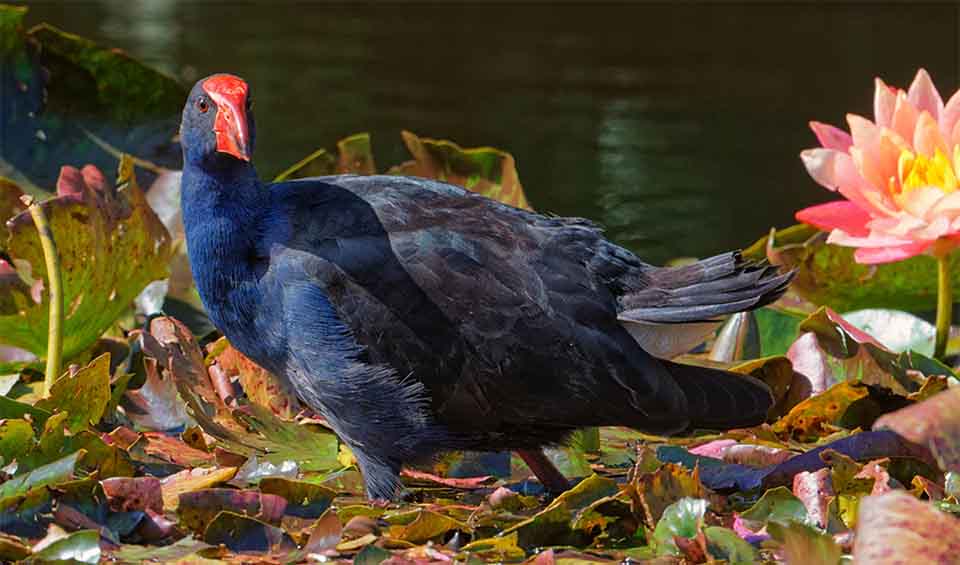Rallidae – Rails, coots & moorhens
This family is highly diverse due to the inclusion of several species
Rallidae family is a large and diverse group of birds commonly known as rails, crakes, coots, and gallinules. These birds inhabit various environments, typically associated with wetlands such as marshes, reed beds, and mangroves. They are found almost worldwide, with species adapted to tropical and temperate environments.
Rails are generally characterized by their elongated bodies, short wings, and long toes, which aid in navigating through dense vegetation and soft ground. They often have pointed bills that are well-suited for probing into mud or soil in search of invertebrates, seeds, and other edible material. Their powerful legs are another adaptation that allows them to run quickly to escape predators, often relying more on stealth and running than flight as a defense.
Coots are more aquatic in nature and have distinctive lobed feet that make them strong swimmers. They are often seen in open water, diving for plant material, and are known for their aggressive territorial behavior. Coots are also unique in the Rallidae family for their more rounded wings and their tendency to form large flocks.
Gallinules, often the most colorful members of the family, have shorter, thicker bills used for a more generalized diet, including leaves, seeds, and small aquatic creatures. They are highly adaptable and can be found in a wide range of wetland habitats. Gallinules are particularly known for their bright plumage and the prominent shield-like structure on their foreheads.
The secretive nature of many Rallidae species, particularly the smaller rails and crakes, makes them difficult to study. These birds are more often heard than seen, with their calls being one of the few indicators of their presence. Their elusive behavior is a survival tactic in habitats that are often frequented by predators.
Genera in this family
Has a species that became one of the few birds in history to go “from extinct in the wild” back to the wild
Can “walk” on floating vegetation, using their long toes to distribute their weight
Masters of disappearing acts, vanishing into reeds before you can spot them
You might hear them before you see them, as they have loud, rattling calls
Small coots might look like moorhens bobbing their heads or ducks just chilling in the water
The choice between tiptoeing on water or walking on the ground seems challenging for these witty birds
Gallinula means “little hen” in Latin, and birds in this genus are also known as marsh hens








